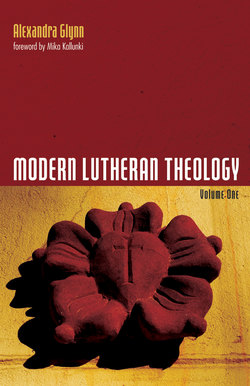Читать книгу Modern Lutheran Theology - Alexandra Glynn - Страница 5
На сайте Литреса книга снята с продажи.
The robe of righteousness
ОглавлениеThe Bible relates that after Adam and Eve fell into sin, God clothed them with a robe to cover their shame: “Unto Adam also and to his wife did the Lord God make coats of skins, and clothed them” (Gen 3:21). This robe that covers the shame of man is also mentioned in the story of Noah’s drunkenness: “And Shem and Japheth took a garment, and laid it upon both their shoulders, and went backward, and covered the nakedness of their father; and their faces were backward, and they saw not their father’s nakedness” (Gen 9:23). The robe of righteousness is to cover nakedness (Ezek 18:7, 2 Cor 5:3–4, Rev 3:18, 16:15). It is white (Rev 3:5).
This robe of righteousness is pure and washed clean by Christ’s own blood (Gen 49:11, Rev 7:14). We cannot add anything to this righteousness because our own righteousness is as a filthy rag (Isa 64:6). Aaron and the priests wore this robe of righteousness as a visible picture of Christ’s perfection (Exod 28:2, Lev 6:10). In Isaiah this robe of righteousness is called the garment of praise (61:3, 11). It is also called “the righteousness of saints” since it becomes ours through faith (Rev 19:8). It is also called the “wedding garment” because we must have it on to be acceptable to the heavenly wedding (Matt 22:11–13). If we wear the filthy garment, we need to have it taken off and be clothed with the pure garment (Zech 3:3, Gen 35:2).
